Until May 26 can visit the Thyssen-Bornemisza museum la temporal exposition dedicated to one of the artists of the Surrealist movement most important and particular of their time.
Is Balthasar Klossowski de Rola (1908-2001), better known as Balthus., an artist who created a lot of controversy for the way he treated the sexual theme in his works, and in his time he was considered a voyeur and provocative.
His way of painting girls in some positions considered extremely suggestive led him to have a lot of criticism, although he really didn't care at all.
According to his words, the morbid is on the other side.
One of the models he used was his neighbor Therese Blanchard who was 12 years old and who became one of his most recurring muses, painting her in different provocative positions.
Balthus He used a figurative style that moved away from any established label, and was characterized by its forceful forms and the way of delimiting the contours.
He knew how to mix in his works the methods of the old masters of surrealism, creating a very personal pictorial language full of contradictions, and in his works tension is mixed with tranquility, dream and mystery with reality, as well as eroticism and innocence
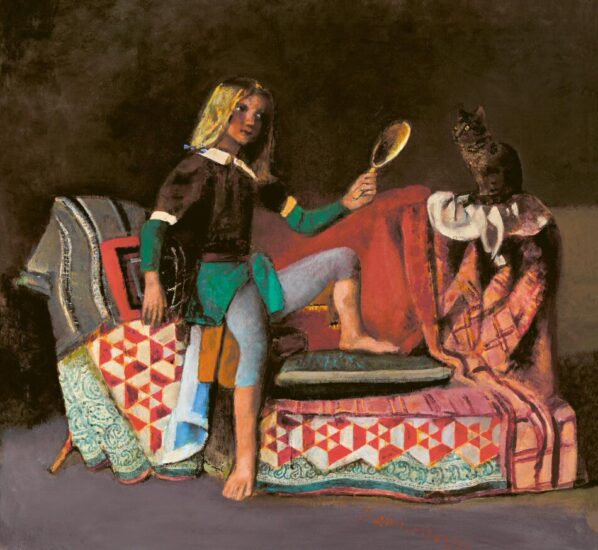
The artist had some quirks, like he only painted in daylight, he also liked to listen to Mozart at home and sometimes he sang Don Giovanni while painting scenery.
Curiously Balthus He was the only artist who, still alive, had works exhibited in the Louvre museum in Paris, specifically with the painting The Blanchard Brothers which came from a donation from the private collection.
All the information in detail
Who was Balthus?
Balthus was born in Paris in 1908 within a family of intellectuals and artists; His father was a Polish historian and her mother was a German artist with Jewish roots.
After Second World War was forced to leave the French capital due to his status as a German citizen, taking refuge with his entire family in Berlin.
When his parents separated he went to live with his mother and brother in Switzerland, where her mother's second husband. the poet Rainer Maria Rike, became his mentor and a second father.
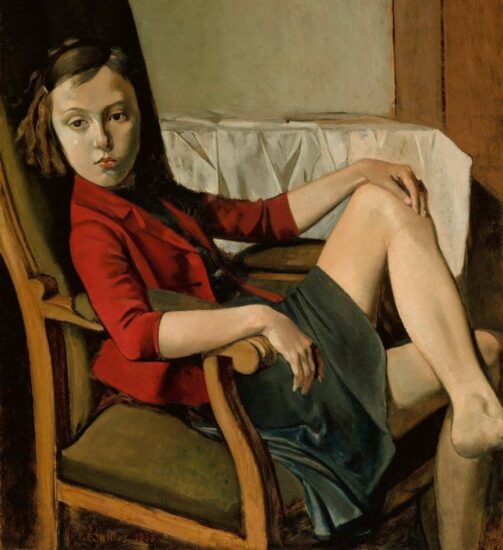
He owes his nickname to him Balthus since after Rich published a collection of watercolors in one of his books, Mitsou: quarante images by Balthusz , this became his stage name.
A Paris He returned in 1924 to dedicate himself to painting, and his first exhibition was held 10 years later; with her that he made himself known, shocking because of his use of violence and sex.
One of his most controversial works, not included in this exhibition, was guitar lesson, from 1934, with explicit scenes of lesbianism between a young woman and her teacher.
In his beginnings the painter Pierre Bonnard, a friend of the family, guided him by inducing a style postimpressionist, although what really interested him Balthus They were the ancient masters of Quattrocento and the Five hundred.
In 1937 he married the woman who was his model in a series of portraits. Antoinette de Watteville, with whom he had his first two children.
Later in 1961 he was appointed director of the French Academy, In the Villa Medici in Rome, and moved his residence to Italy, where he recovers the design of the human figure after a landscape stage of which an important production remains.
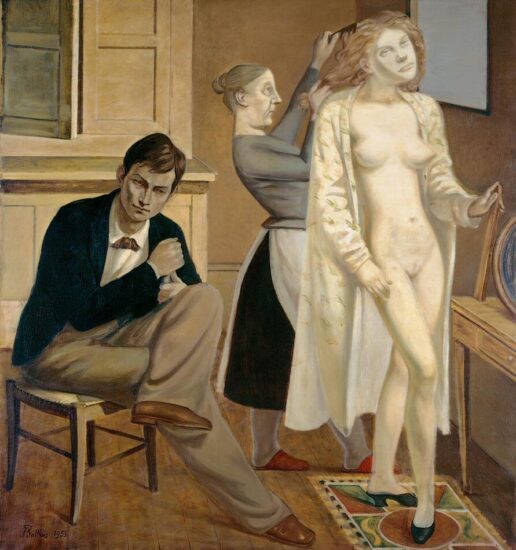
Among his most illustrious friends of this time was the famous film director Federico Fellini.
On a diplomatic mission trip to Japan, and at the age of 54, he met what would become his second wife, the painter Setsuko Idets, 34 years younger than him and with whom in 1973 he would have his third daughter harumi.
Later they move to the Swiss Alps, to the emblematic Grand chalet en Rossiniere, where he continued painting until his death in 2001.
ORGANIZE your TRIP
- Don't forget your TRAVEL INSURANCE with a 5% discount
- Book the HOTEL for your trip
- RENT a CAR for your trip
- The best TOURS and EXCURSIONS in Spanish
- NO-LINE TICKETS for museums and monuments
- Best FREE TOURS around the world
- Book your TRANSFER from the airport
- eSIM card with INTERNET at the best price
In total, Balthus He painted about 350 paintings in his entire life since he was a slow and patient artist, a quality that the artist highly valued.
What to see at the Balthus exhibition
La Balthus exhibition at the Thyssen-Bornemisza museum It brings together in monographic form around 45 paintings from all periods by the Franco-Polish artist since 1920.
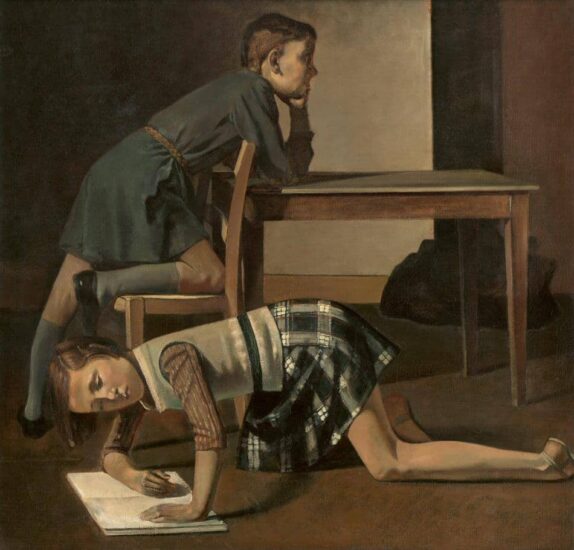
Most are large in size and come from some of the most important museums and private collections in the world, such as the MOMA or one found at the Metropolitan Museum de New York or Pompidou Center from Paris.
Walking through its rooms you will see paintings like The card game o The passage of commerce, in which it seems that time has stopped.
There are also some of his most important works such as The street, which is exhibited in Spain for the first time, Cathy's toilet, The Blanchard Brothers, Thereseo Therese dreaming.
The latter had problems two years ago because a group of people considered it offensive and asked for its removal from the Metropolitan de New York.
As a curiosity to tell you that his wife setsuko She is currently still alive and continues to live in the chalet in the Alps, where the painter's studio remains intact just as he left it.
The painter's family has collaborated in the creation of this beautiful exhibition together with the Beyeler Foundation in Riehen (Basel).
Balthus exhibition schedule at the Thyssen-Bornemisza museum
La Balthus exhibition in the Thyssen-Bornemisza museum de Madrid (Paseo del Prado 8) you can visit it from Tuesday to Friday, and on Sundays, from 10 a.m. to 19 p.m., and on Saturdays, from 10 a.m. to 21 p.m.
Balthus exhibition ticket prices
The ticket prices They are the general one, 13 euros, and the reduced one, 9 euros, from which those over 65 years of age, pensioners and students benefit from prior accreditation.
La Admission is free for those under 18 years of age, citizens who are legally unemployed, people with disabilities, large families and active teaching staff.
The ticket also includes the visit of the museum's permanent collection.


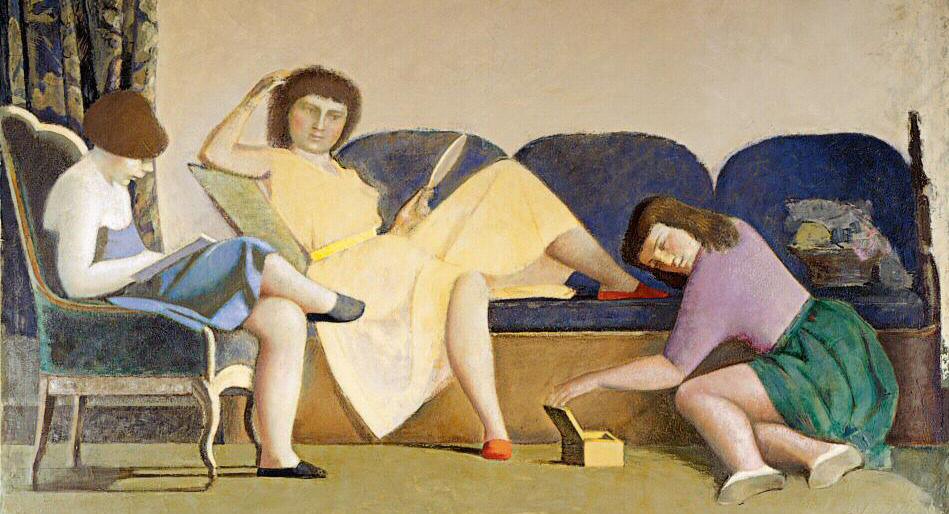

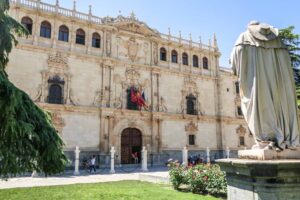












Comment